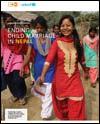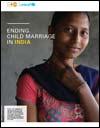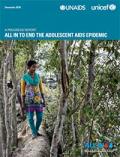Publications on Adolescents
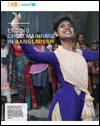
Resource | Publications,
Bangladesh has the highest rate of child marriage in Asia – and the fourth highest rate of child marriage in the world. Marriage is illegal for girls under the age of 18 and for boys under 21, with exemptions that allow for marriage with special permission. However, almost three out of five young women were married as children, with more than one in five married by the age of 15 in 2014.
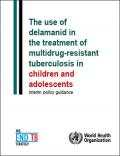
Resource | Guidelines,
In view of recent data on the use of delamanid in children diagnosed with MDR-TB, WHO convened an independent, multidisciplinary, international expert panel to assess new data and develop an addendum to the 2014 interim guidance on delamanid, with specific recommendations to paediatric MDR-TB patients.
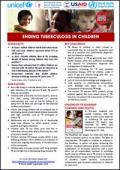
Resource | Publications,
At least 1 million children fall ill with tuberculosis (TB) each year. Children represent about 11% of all TB cases. In 2015, 210,000 children died of TB, including 40,000 TB deaths among children who were HIV positive. Researchers estimate that 67 million children are infected with TB (latent TB) and are therefore at risk of developing disease in the future.
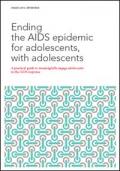
Resource | Publications,
The purpose of this document is to provide guidance to programme designers, implementers, policy and decision makers on how to meaningfully engage adolescents in the AIDS response and broader health programming, and to demonstrate why adolescents and youth are critical in efforts to end the AIDS epidemic by 2030.
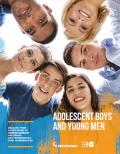
Resource | Publications,
The study emphasizes that a holistic approach to advancing gender equality and sexual and reproductive health must include both adolescent girls and boys. It highlights the need to engage adolescent boys and young men as allies to achieve gender equality and as supporters of women's empowerment.
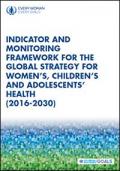
Resource | Publications,
This report presents the indicator and monitoring framework for the Global Strategy for Women’s, Children’s and Adolescents’ Health, (2016-2030) focusing on its Survive, Thrive and Transform objectives and 17 targets. The report details the selection process for the indicators and implications for monitoring, measurement, investments and reporting.






